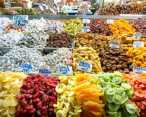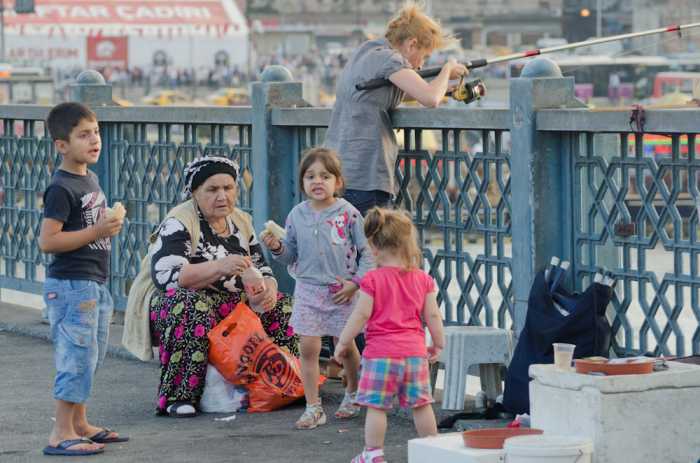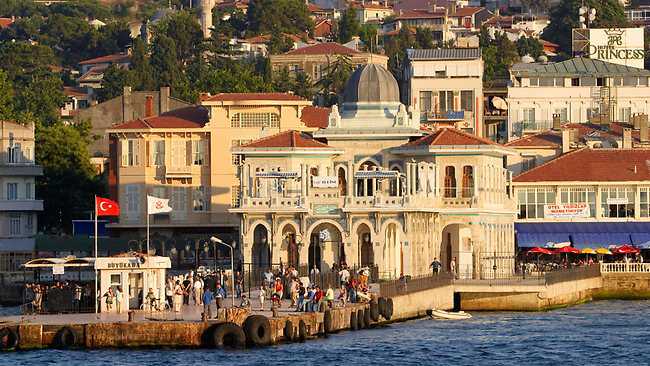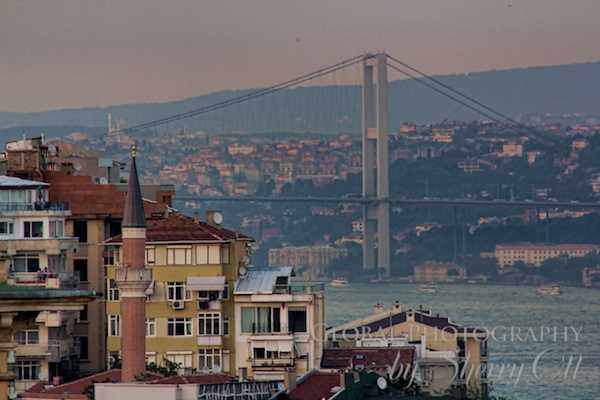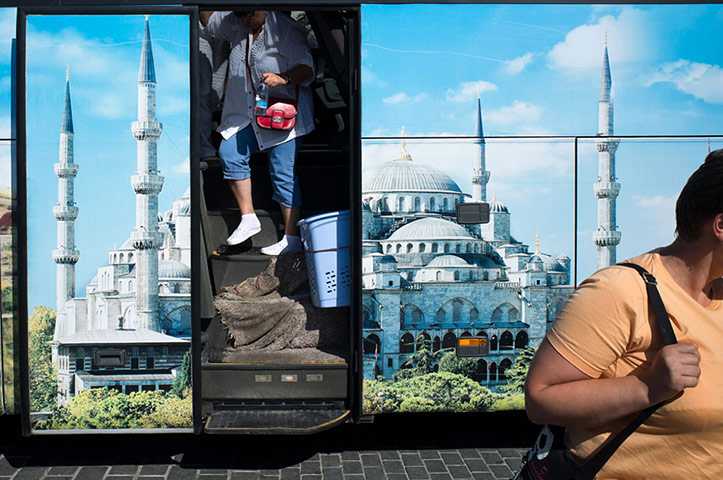ISTANBUL // A small Turkish town nestled on a hill near the Aegean Sea is finding that the end of the world is good for business.
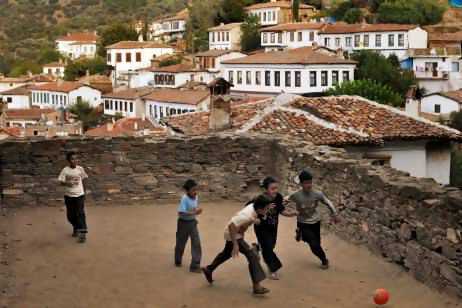
Related
AD200910712099864AR-The Mayan prophecy of the end of the world was
■ Debating the end of the world – if time allows
In Sirince, hotel bookings for the days around December 21 have reached record proportions and some in the town think emergency shelters for visitors that cannot find a roof over their heads should be considered.
The boom in Sirince is connected to a doomsday scenario based on the interpretation the Mayan calendar that has spread on the internet and predicts that the world will end on December 21, the winter solstice on the northern hemisphere. Yet somehow, Sirince is supposed to survive the apocalypse.
An old Greek town near the ancient city of Ephesus that was settled by Turks after a population exchange between Turkey and Greece in the 1920s and that is famous for its fruit wines and old Greek houses, Sirince is usually quiet around the end of the year.
But these are not normal times.
“There are many more guests than usual,” Engin Urer, the owner of the Mystic Konak hotel in Sirince, said this week. “There is this rumour that the world will end, and so people are coming here.”
Sevan Nisanyan, a writer who owns the Nisanyan Hotel, estimated that demand for hotel rooms stood at about 10 times the town’s capacity of about 400 beds.
He said the town had been known as a “place with a special energy” among new-age groups since the 1980s, because some believed it to be the birthplace of Artemis, the Greek goddess of the hunt and the forest, and the place where, in Christianity, that Mary, the mother of Jesus, ascended to heaven.
Mr Nisanyan said there was also a connection to expectations among religious sects that a planet called Marduk would pass close to Earth next month and trigger widespread destruction.
“Bookings have been up since about a month ago,” Mr Nisanyan said. “I have people in my hotel from as far away as Indonesia, and they say that they are coming” to try escape the possible end of the world.
“We receive about 10 phone calls a day from potential guests, and we have to turn them away.”
Ilkan Gulgun, who runs the Kirkinca Konaklari hotel, said some of his guests believed that a ship like Noah’s Ark would arrive in the town after a flood on December 21. “People say a new age is beginning,” he said, describing the demand for rooms as “unbelievable”.
Doomsday predictions based on the Mayan calendar have become so widespread that the US space agency Nasa has posted an official denial on its website.
“The world will not end in 2012,” the statement says. “Just as the calendar you have on your kitchen wall does not cease to exist after December 31, the Mayan calendar does not cease to exist on December 21, 2012.”
But official denials have not stopped the run on supposed safe places in the midst of the expected catastrophe.
Like Sirince, Bugarach, a village in the French Pyrenees, has become the focus of some new-age groups that expect some sort of cataclysmic event around the same date. They believe a mountain near Bugarach has magic powers and are convinced aliens will arrive and take them to safety.
The municipality in Bugarach is stepping up security and has called in police to seal off the village between December 19 and 23 to keep doomsday groups out, according to news reports.
No such preparations are underway in Sirince, but Mr Nisanyan said the town should prepare for the worst – not the apocalypse, but an onslaught of visitors that could overstretch Sirince’s resources.
“It’s a contagious madness, and it’s spreading,” he said. “I am very scared for Sirince, the world will come to an end for Sirince if we have 10,000 people here.”
Mr Nisanyan said the town should think about erecting tents for visitors who could not find shelter during the cold December nights. “Clearly there will be chaos here.” Ozgur Aydogan, the chairman of a local mountaineering club, said his group was preparing to organise a camp outside Sirince to take visitors on mountain tours in the vicinity and to put up guests who were trying to flee the impending doom.
“We are not commenting on whether the prediction is true or not,” he said. “Some people believe that the end of the world is near and they come here to flee from that. People who believe that are welcome to our camp as well.”
Residents would not be drawn on whether they themselves believed the doomsday predictions.
“No one knows what will happen,” Mr Urer of Mystic Konak said. “It’s that Mayan calendar that says so.”
Doom or not, some in the town are happy about the spike in business.
“If only we had those rumours all the time,” Ibrahim Katac, a Sirince resident, told Turkey’s semi-official Anadolu news agency. “Those rumours are bringing more visitors to us.”
via Turkish town booms as ‘the end of the world’ looms – The National.

